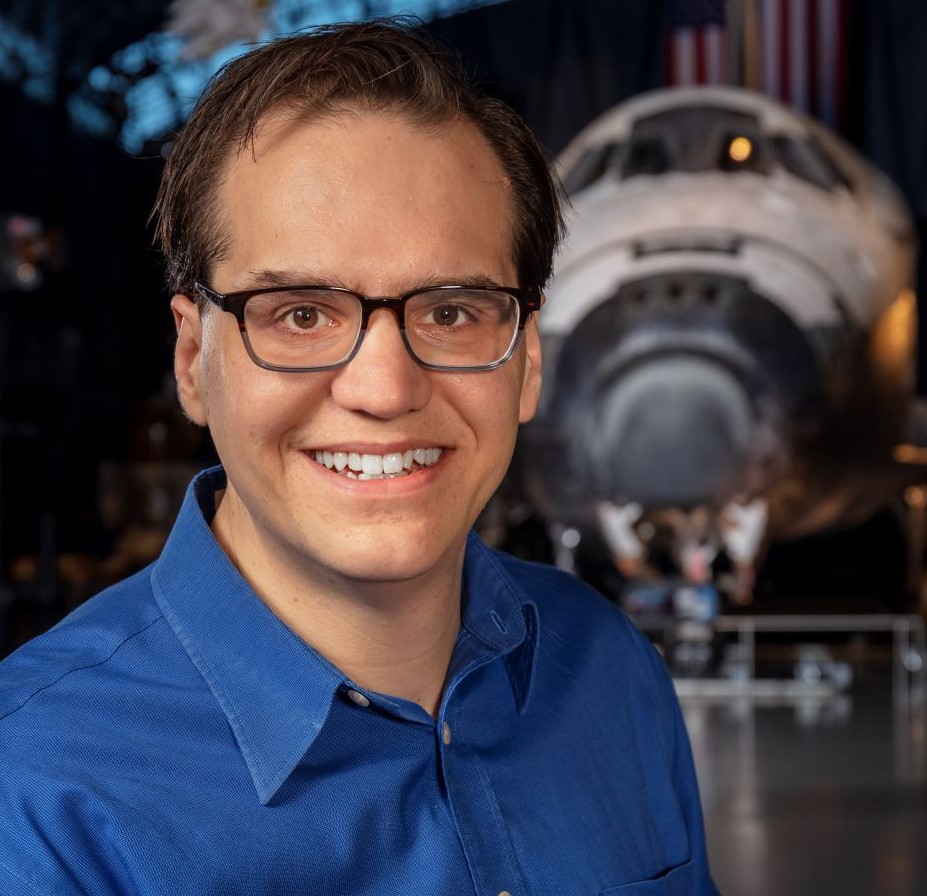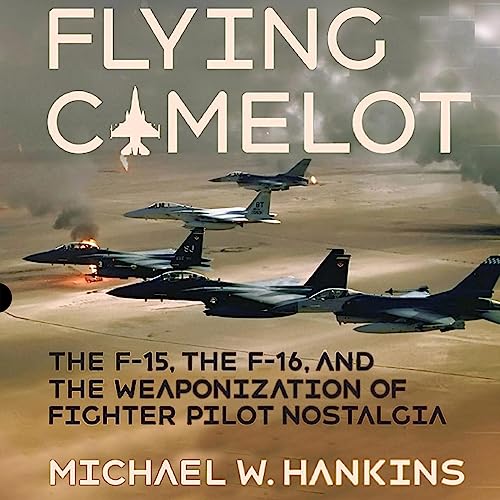Mike is the author of Flying Camelot: The F-15, the F-16, and the Weaponization of Fighter Pilot Nostalgia, from Cornell University Press, available now in print as an audiobook!
“In this lively, absorbing account, Hankins demonstrates the influence of a specific culture that celebrated the fighter pilot as a “knight of the air” who thrilled to aerial combat.”
-Lawrence Freedman, Foreign Affairs
“[Dr. Hankins] writes in an engaging and accessible way that makes some occasionally highly-technical discussions quite lucid and illuminating.”
–Sir Richard Williams Foundation
“in Flying Camelot, he has written a superlative, accessible, and balanced study of the influence Boyd and his acolytes had on the US Air Force… and national defense establishment in the last quarter of the twentieth century.”
-Steven Fino, Michigan War Studies Review
“Forget ‘The Right Stuff,’ this is the Real Stuff. Equal parts cultural, technological, societal, and military history, Flying Camelot is a brilliant and illuminating account of fighter pilot culture and the development of governmental weapons systems.”
-Brian D. Laslie, NORAD and US Northern Command, author of Air Power’s Lost Cause
“Both exceptional and eloquent, Flying Camelot tells the story of the transformation of the air superiority mission, vis-à-vis strategic bombardment, during the Vietnam era.”
-Roger D. Launius, Former Chief Historian of NASA, author of Apollo’s Legacy
“Michael W. Hankins weaves a vast literature into a coherent and entertaining narrative on fighter plane development, the cult surrounding fighter pilots, and the so-called military reform movement.”
-Brian McAllister Linn, Texas A&M University, author of Elvis’s Army
“A fascinating look into the way fighter pilots shaped new machines to sustain old myths by styling themselves as knights of the air, enchanted with past glories. Michael W. Hankins expertly reveals how culture influences the technology of combat.”
-Tim Schultz, Naval War College, author of The Problem with Pilots“Carefully researched, logically organized, and well written, Flying Camelot delivers as promised. As such, it has earned a place alongside Fino’s Tiger Check on this reviewer’s undergraduate syllabus and graduate reading list.”
-Alan Meyer, H-Net“Hankins’ work is an excellent analysis of how the perception of fighter pilots inside and outside of the Air Force affected the evolution of the institution in the 1960s and 1970s.”
-Luke Truxal, The Strategy Bridge
Flying Camelot brings us back to the post-Vietnam era, when the US Air Force launched two new, state-of-the art fighter aircraft: the F-15 Eagle and the F-16 Fighting Falcon. It was an era when debates about aircraft superiority went public—and these were not uncontested discussions. Michael W. Hankins delves deep into the fighter pilot culture that gave rise to both designs, showing how a small but vocal group of pilots, engineers, and analysts in the Department of Defense weaponized their own culture to affect technological development and larger political change.
The design and advancement of the F-15 and F-16 reflected this group’s nostalgic desire to recapture the best of World War I air combat. Known as the “Fighter Mafia,” and later growing into the media savvy political powerhouse “Reform Movement,” it believed that American weapons systems were too complicated and expensive, and thus vulnerable. The group’s leader was Colonel John Boyd, a contentious former fighter pilot heralded as a messianic figure by many in its ranks. He and his group advocated for a shift in focus from the multi-role interceptors the Air Force had designed in the early Cold War towards specialized air-to-air combat dogfighters. Their influence stretched beyond design and into larger politicized debates about US national security, debates that still resonate today.
A biography of fighter pilot culture and the nostalgia that drove decision-making, Flying Camelot deftly engages both popular culture and archives to animate the movement that shook the foundations of the Pentagon and Congress.


